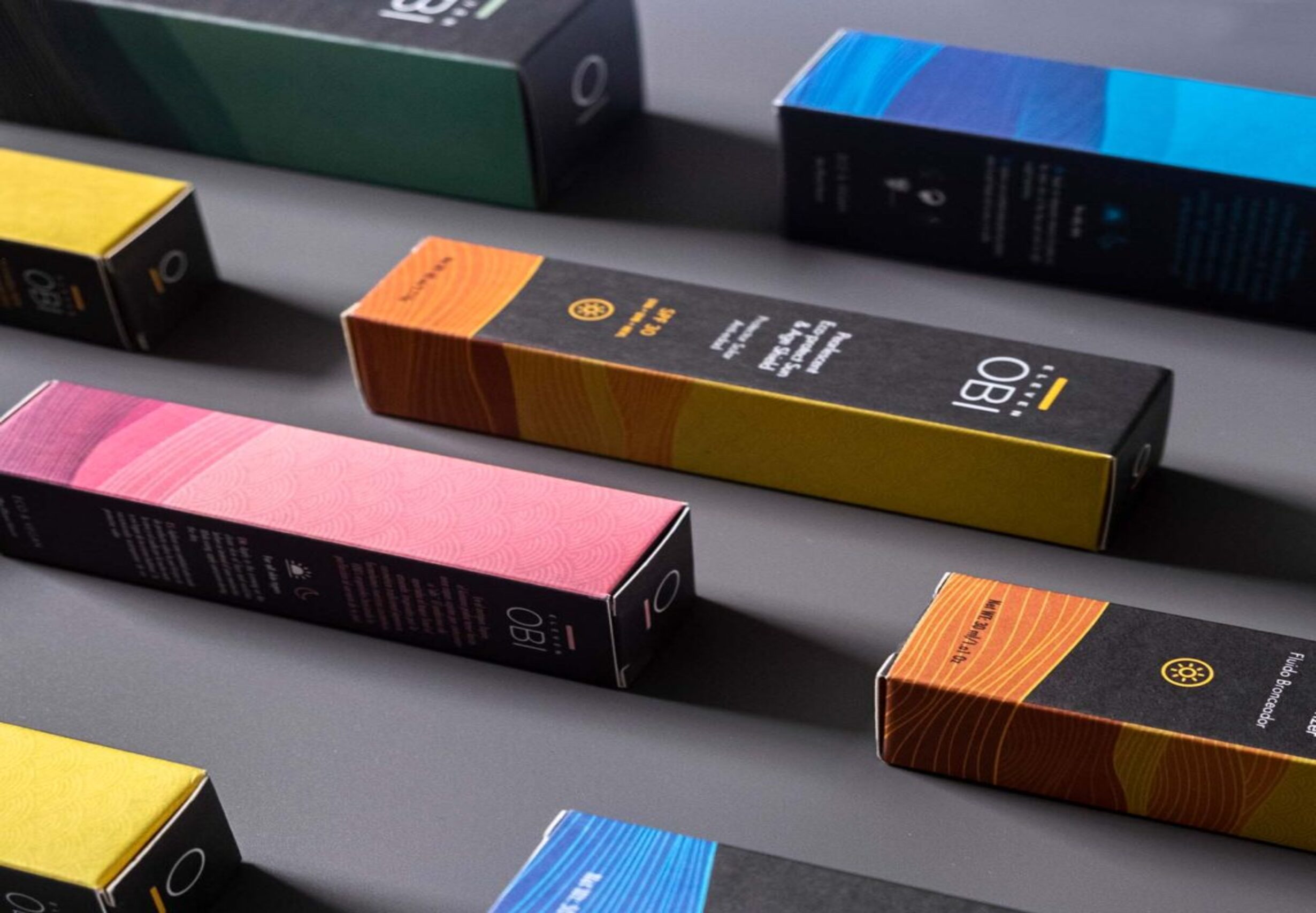Regulating natural cosmetics by creating a public standard that specifically defines eco-friendly or natural cosmetics has become a necessity. In the European Union, the lack of regulation has led to uncertainty in the market.
In response to this need, the European Commission commissioned Cosmetics Europe, the association representing the cosmetics industry in Europe, to develop an ISO standard to define natural cosmetics. However, the drafting process of this ISO 16028 standard has sparked controversy. In the designated working group, entities with experience in certifying organic cosmetics, such as Cosmos or NATRUE, were only invited as observers.
What doubts does ISO 16028 raise?
ISO 16028 sets criteria for classifying ingredients as natural or not, but its standards are less strict than those of existing organic cosmetics standards. For example, it does not establish minimum percentages of organic ingredients to label a product as organic, leading to the emergence of products that are promoted as “bio” even though they contain few or no organic ingredients.
Moreover, ISO 16028 does not establish criteria for prohibited ingredients or address important ethical concerns for many conscious consumers, such as the use of genetically modified ingredients, irradiation, or animal cruelty in obtaining ingredients.
These are the points causing the most confusion:
- It does not establish minimum percentages of organic ingredients to label the product as organic. Thus, we are seeing products that reference this ISO on their labels and are called “bio” without having organic ingredients or only small percentages of them.
- It does not establish criteria for prohibited ingredients, not even for the most controversial petrochemical ingredients, which means cosmetic products may contain many ingredients that would never be approved in certified cosmetics.
- It considers an ingredient natural if more than 50% of its final molecular weight is of natural origin.
- It does not address criteria that are important for conscious consumers in defining what constitutes a natural ingredient, such as not considering whether an ingredient is of transgenic origin.
Silicones: Considered Natural Ingredients
A significant point of contention is how the standard considers silicones as natural ingredients due to their origin in sand, ignoring the highly polluting manufacturing process.
The Importance of Having Reliable Regulation
It is important to note that ISO 16028 is not an officially recognized regulation by states nor a standard for product certification. Its application has caused problems, as some certification entities are using this standard to certify the natural content of products, leading to confusion among consumers.
ISO standards like ISO 16028 are typically technical documents aimed at professionals and are not intended to appear on product labels. Therefore, claims of compliance with ISO 16028 on cosmetic product labels can be misleading and confusing for consumers.
For further information, one can visit websites such as biovidasana.
This article draws on one previously written by Nuria Alonso, Certification Specialist at Biovidasana, and Montse Escutia, from the Ecoestética Project.



